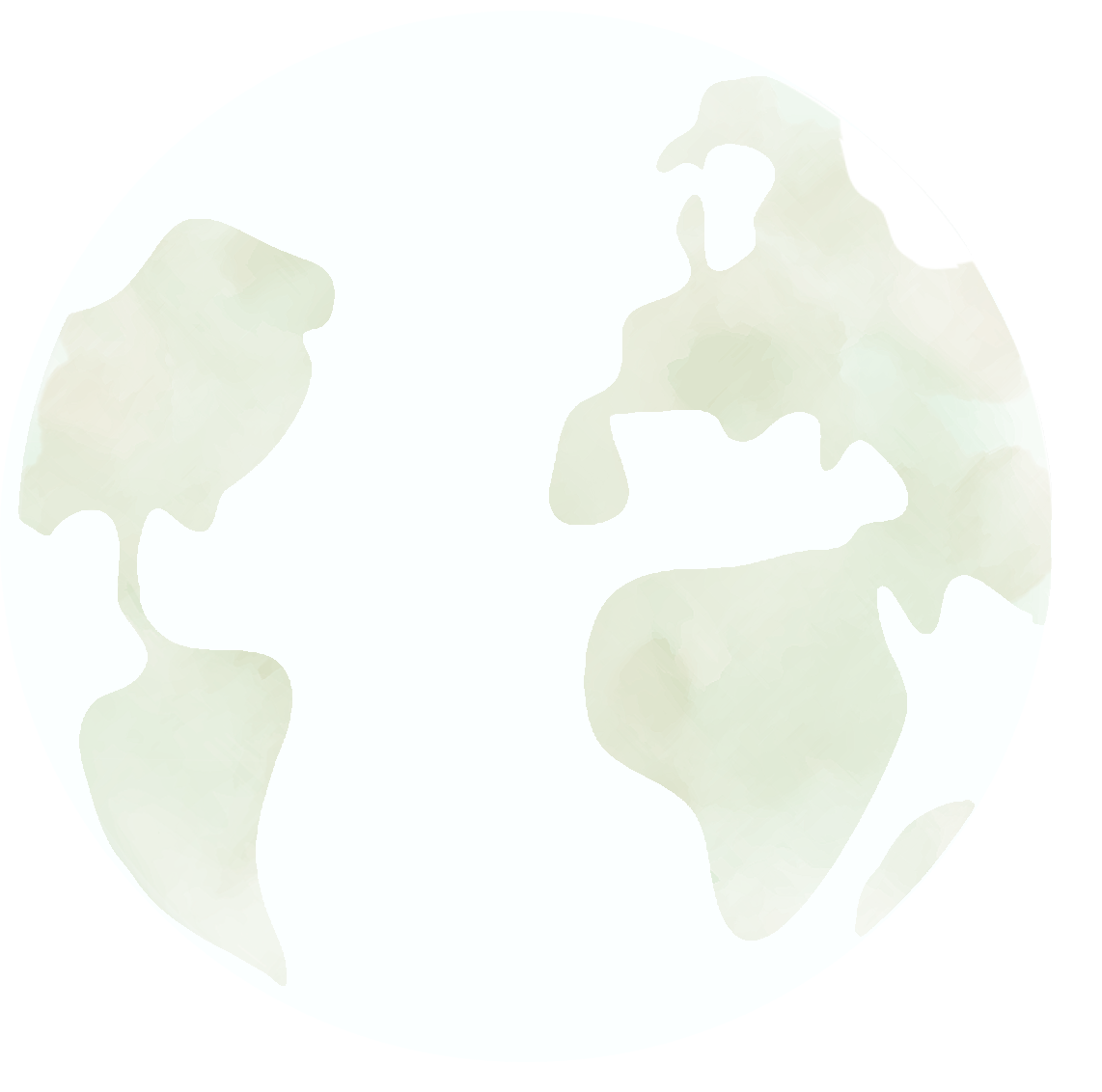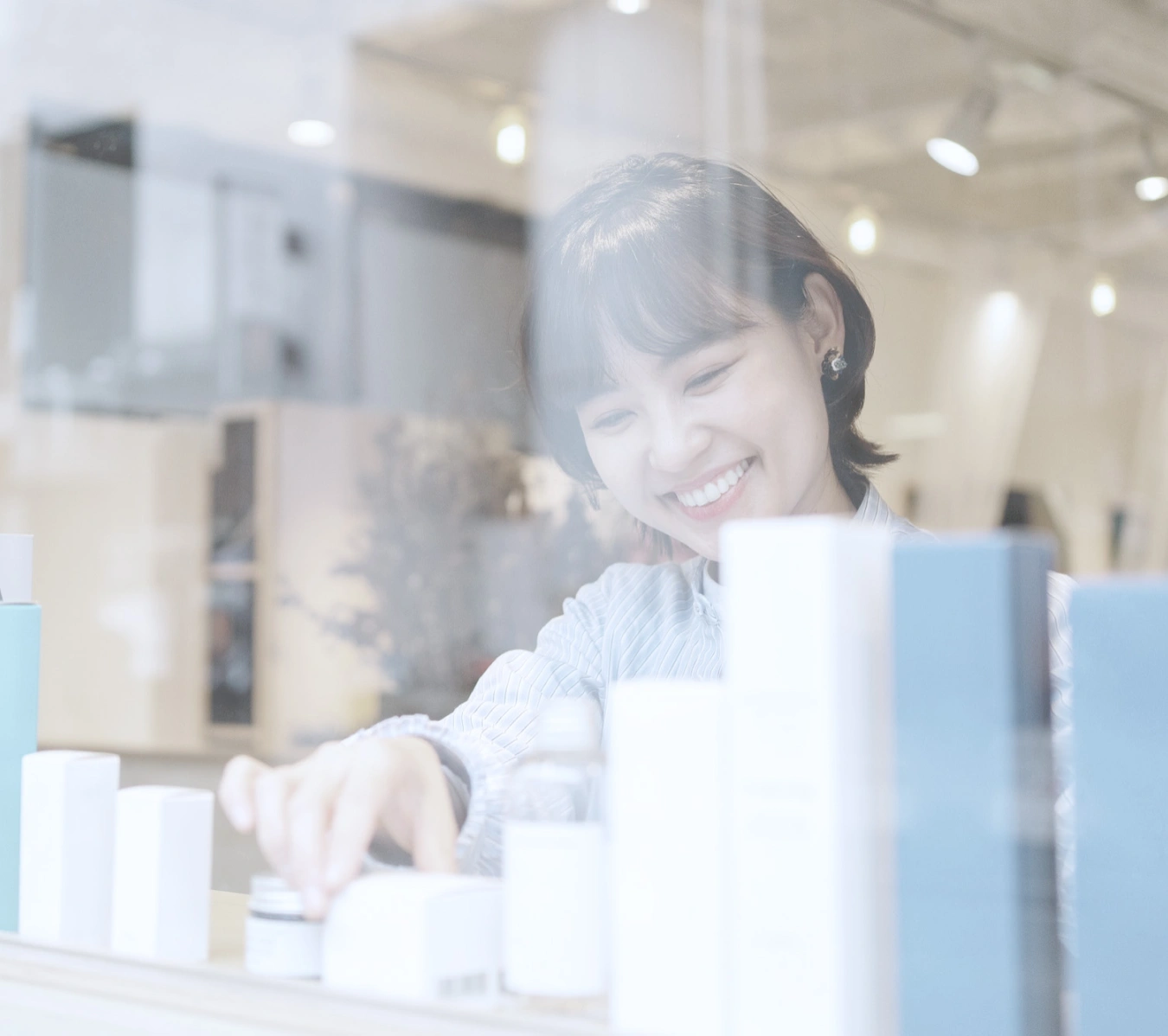


Earlier this year, AlHerboLab had the opportunity to participate in the prestigious China Beauty Expo, where we were able to connect with numerous consumers and industry experts from various Asian countries. Based on our experience, we have compiled a list of the most common mistakes made by companies when promoting cosmetic products in Asian markets. This article is a must-read for anyone planning to launch a product in this lucrative market.
The cosmetics industry in Asia is experiencing unprecedented growth due to changing lifestyles and increased awareness of the harmful effects of synthetic products and chemicals. Skincare and personal hygiene products are particularly popular, and the market value of beauty and personal care products in the Asia-Pacific region was valued at USD 163.92 billion in 2020. Experts predict that this market will continue to grow at a CAGR of 6.38% from 2021 to 2026.
In this article, we have outlined the top five sales mistakes that can hinder the success of a new product in the Asian cosmetics market. By avoiding these common pitfalls, you can ensure that your product launch is a resounding success in this dynamic and ever-evolving market.

Selling the same products in the Asian market as in the West may not be sufficient if you intend to move to the Asian market. Asian consumers are looking for beauty products different to those they are used to, expecting cosmetics to become a part of their regular lifestyle, therefore preferring brands that embrace Asian values.
The understanding of what constitutes beauty varies greatly across Asian countries, as do the traditional beliefs and methods utilized to maintain and enhance it. At the same time Asia is known for its strong social ties and collective culture, with the priority of families and the great impact of society on a person’s life, views and opinions on beauty in Asia constitute a fine combination of individual preferences and social norms.
Since Asian concepts of beauty differ from those prevalent in Western countries, products must be tailor made to meet the needs and preferences of Asian consumers, or even a specialized line of products should be created for these markets.
For instance, most of the Chinese population wants a fair complexion, which led to the development of skin whitening or high SPF sunscreen products. Along with that it is important to take into consideration local developing trends – for example, the modern Japanese generation is getting inspired by hip-hop culture, which promotes darker skin tones rather than fair complexions.
One more country that has observed a significant boom in the beauty industry is Indonesia – due to the growing financial ability of the middle class. Local beauty buyers often seek “halal” and “herbal” alternatives. The growing popularity of halal cosmetics doesn’t only concern Indonesia, but is also reaching out to countries with large Muslim communities (e.g. Bangladesh, Pakistan, India, Malaysia).
Products must be tailor made to meet the needs and preferences of Asian consumers
During the pandemic, health awareness among consumers rose. Individuals are working out more, are opting for better food, are purchasing health supplements, high-end items and fine cosmetics, that are beneficial to their health. Consumers being concerned about their health and hygiene increased the demand for natural or organic cosmetics in the region.
Buyers across the region tend to seek organic beauty and personal care products, with a particular interest in products containing Ayurvedic, botanical and herbal components, which are expected to facilitate market growth in the following years. Labeled organic and natural cosmetics are becoming more and more popular among Chinese buyers.
Labeled organic and natural cosmetics are becoming more and more popular among Chinese buyers.
The Asian market is being transformed under the influence of the younger generation, which prefer to purchase products online and go to offline stores rather to see the products, test them and decide, to further purchase the product on Tmall, Xiaohongshu or WeChat.
Furthermore, due to the pandemic and continuous lockdowns older people are getting used to online shopping as well. Over the past two years, more than half of the beauty products in the Chinese beauty market were bought online, and this trend is expected to continue in the coming years.
Being integrated into the Asian daily life, social networks have a great impact on consumers. Therefore, it’s essential for all foreign companies to establish an online presence in Asia. The significance of social networks lies in the opportunity the buyers have to share information and give feedback on products and brands. Thus, brands can make engaging and up-to-date content and distribute it via social networks to interact with users.
The Most Popular Social Media Platforms Across Asia:

Asian buyers have more trust in international brands, at the same time preferring to conduct product research before making a purchase decision. 90% of Chinese women are reported to do research before purchasing any products, particularly from international brands. Therefore, it is crucial for your website to be visible on local search engines and introduce your cosmetics in the best possible way.
To promote your products, create an individual website or a page on the website for each significant country, and ensure that your website is optimized for local search engines and uses typical search words common to their users. The most used search engine in China are Baidu, Naver in South Korea and Yahoo in Japan.
To promote your products, create an individual website or a page on the website for each significant country
With a large selection of cosmetics on the market, Asian buyers spend a lot of time comparing different kinds of products before purchasing something. Moreover, Asians tend to rely more on personal experience and word-of-mouth recommendations from friends and acquaintances. For makeup solutions in particular, they will search for KOLs (Key Opinion Leaders) reviews and opinions. That is what makes working with KOLs in Asia important.
Using Key Opinion Leaders (KOLs) is highly efficient for marketing products, as KOLs are often regarded as experts in their field and are trustworthy and authentic. However, brands have begun promoting products on KOLs personal channels as a common practice, and, as a result, people show less trust in advertising. Therefore, a new marketing strategy based on the consumer perspective has appeared: key opinion customer (KOC) marketing.
Generally, key opinion customers (KOC) are people with fewer followers but brilliant review skills. Thus, the outreach of publications might be limited, but the level of engagement and trust may be much higher. Using KOCs in the right way can expand your audience and make it more loyal.
Working with Key Opinion Leaders (KOLs) and Key Opinion Customers (KOCs) is important in Asian markets for marketing cosmetics.